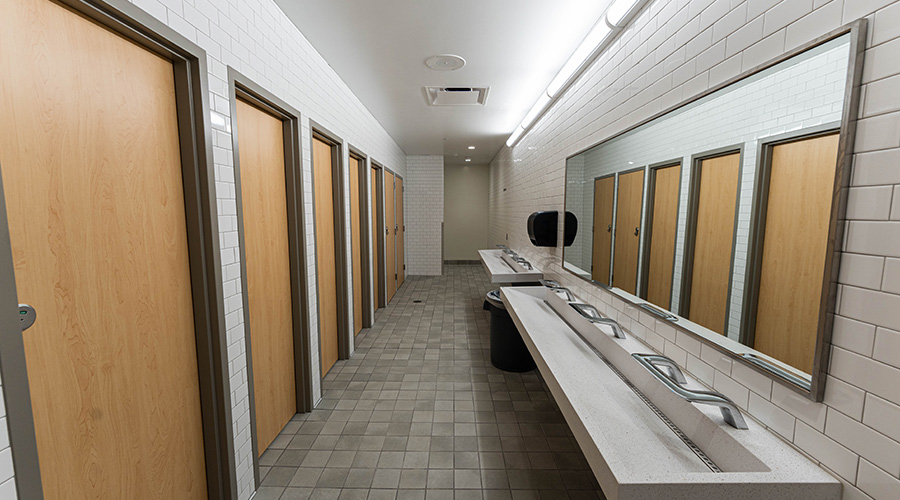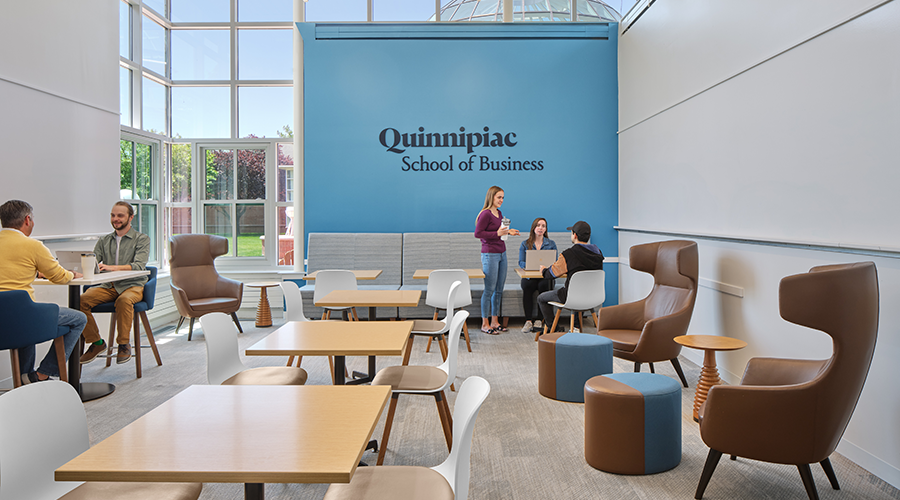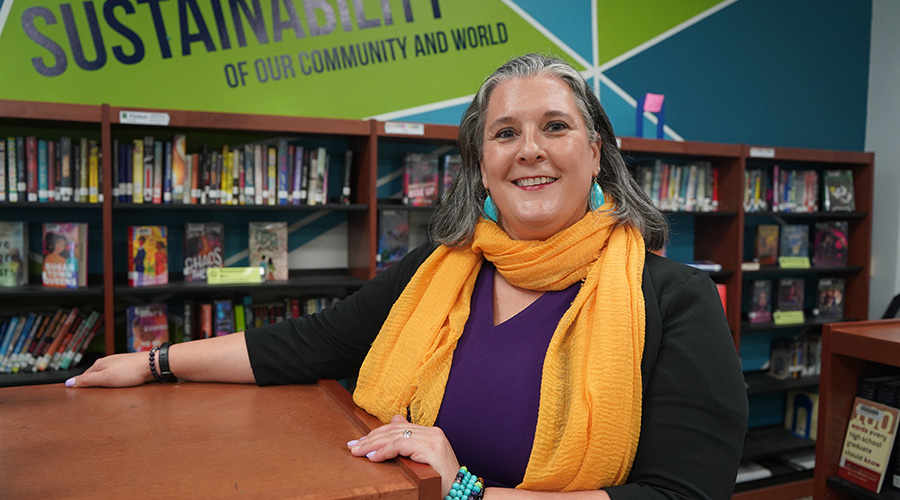From LEED for Schools: Tips on Green Design and Construction for Facility Managers
LEED for Schools also includes a range of suggested strategies that can be considered for projects:
- Providing credit to schools that allow others, such as the local park district, to use their facilities. Multiple uses within one space have become a major consideration as budgets have shrunk. The new Chicago Public Schools high school prototypes, developed in partnership with the Public Building Commission of Chicago, combine the auditorium and gym into one convertible space.
- Not allowing smoking on-site during construction.
- Using an emissions standard rather than a VOC content standard for materials such as paint, coatings, adhesives and sealants. Projects may still use the VOC content standard, but the emissions standard is gaining traction, especially in California, with more and more products meeting the California Department of Health requirements. The intent of the standard is to provide healthier environments for the long term.
- Differentiating between classroom lighting needs and other multi-occupant lighting needs, including both electric lighting and daylight. Classrooms should be designed to have both adequate ambient lighting and lowered illumination levels for audiovisual presentations. Additionally, extra illuminance may be needed for students to see the front of the classroom and writing on the black (or white) board. Flexible lighting systems that include easily understandable controls and also take advantage of daylight dimming are becoming more common and can reduce lighting power consumption. These systems, when combined with manual on/automatic off vacancy sensors, further reduce consumption.
- Achieving additional, more stringent acoustics goals beyond the minimum prerequisite. This includes additional reductions in background noise levels.
- Designing and operating the building to prevent mold.
- Using the school as a teaching tool.
Those strategies can help to ensure that a school building is designed "right" in the first place. That should always be the goal, of course, but sustainable school strategies apply equally to the many existing school facilities. Unfortunately, many existing school facilities suffer from poor indoor environmental quality, including poor acoustics, poor lighting, poorly operating HVAC systems and high VOC content. In a white paper recently published by the U.S. Green Building Council titled "The Impact of School Buildings on Student Health and Performance: A Call for Research" (See "Researching Green Schools" on page 34), the authors urge facility managers to be aware of the situation within their own schools and to obtain and share data. The number of existing facilities far exceeds the number of new ones and the issues and opportunities to be green should be considered for existing facilities as well.
There is still much to be learned regarding how to provide the best learning environment for kids, although much is also known. When the LEED for Schools rating system is carefully followed, the resulting school will meet minimum standards which are likely higher than what would otherwise have been achieved. As teams strive for higher sustainability goals, higher levels of energy efficiency and other metrics for sustainability are also achieved. Some of the greatest benefits come in the area of indoor environmental quality, as good acoustics, good air quality, good daylight and views, and low VOCs all contribute to an excellent school environment.
Helen J. Kessler, FAIA, LEED Fellow, (hjkessler@hjkesslerassociates.com), is president of HJKessler Associates, a green building consulting firm. She has been the LEED team administrator and sustainability adviser on 14 K-12 schools and seven college and university facilities. She works closely with the Chicago Public Building Commission on their LEED for Schools programs.
Related Topics:














